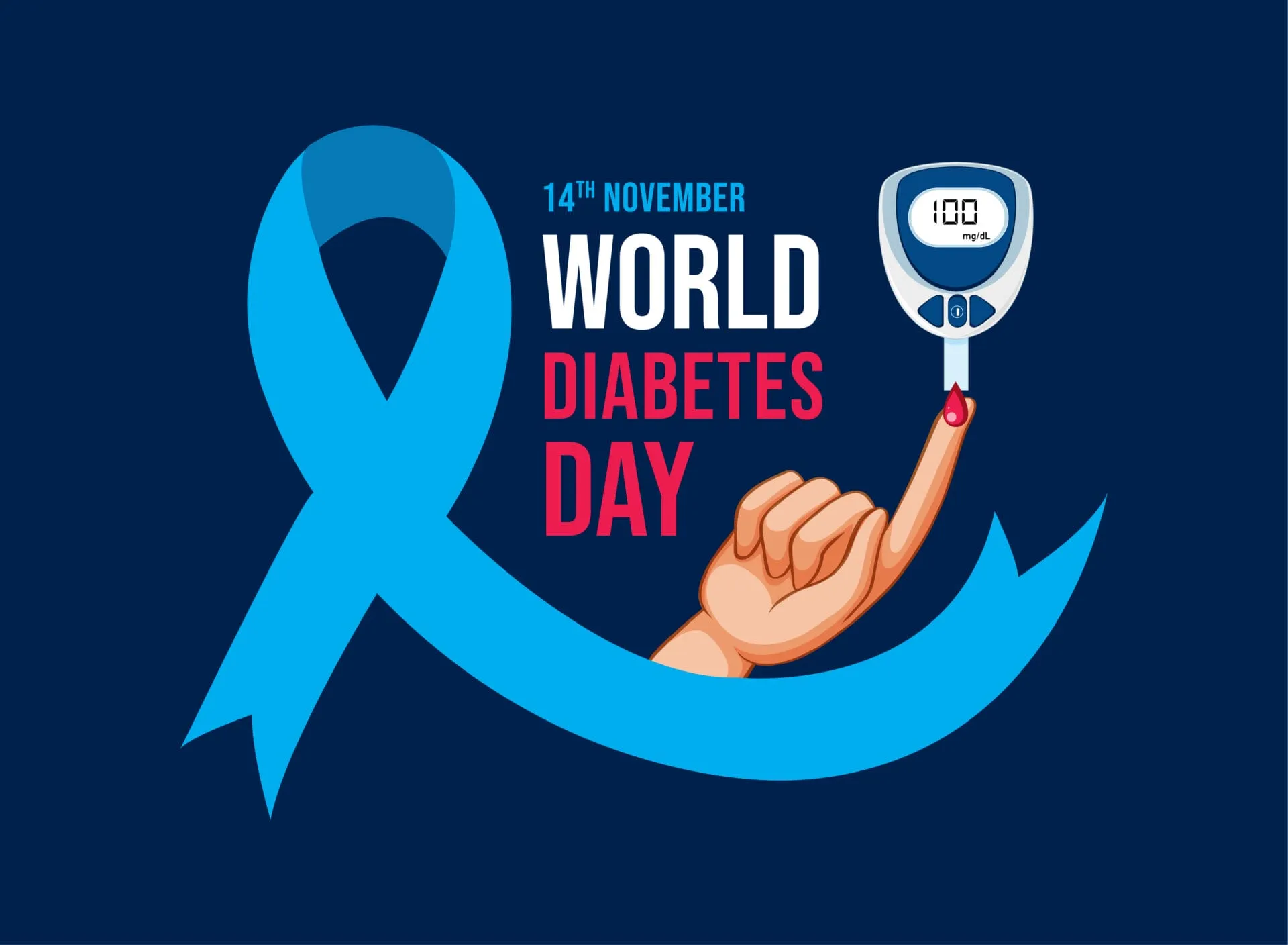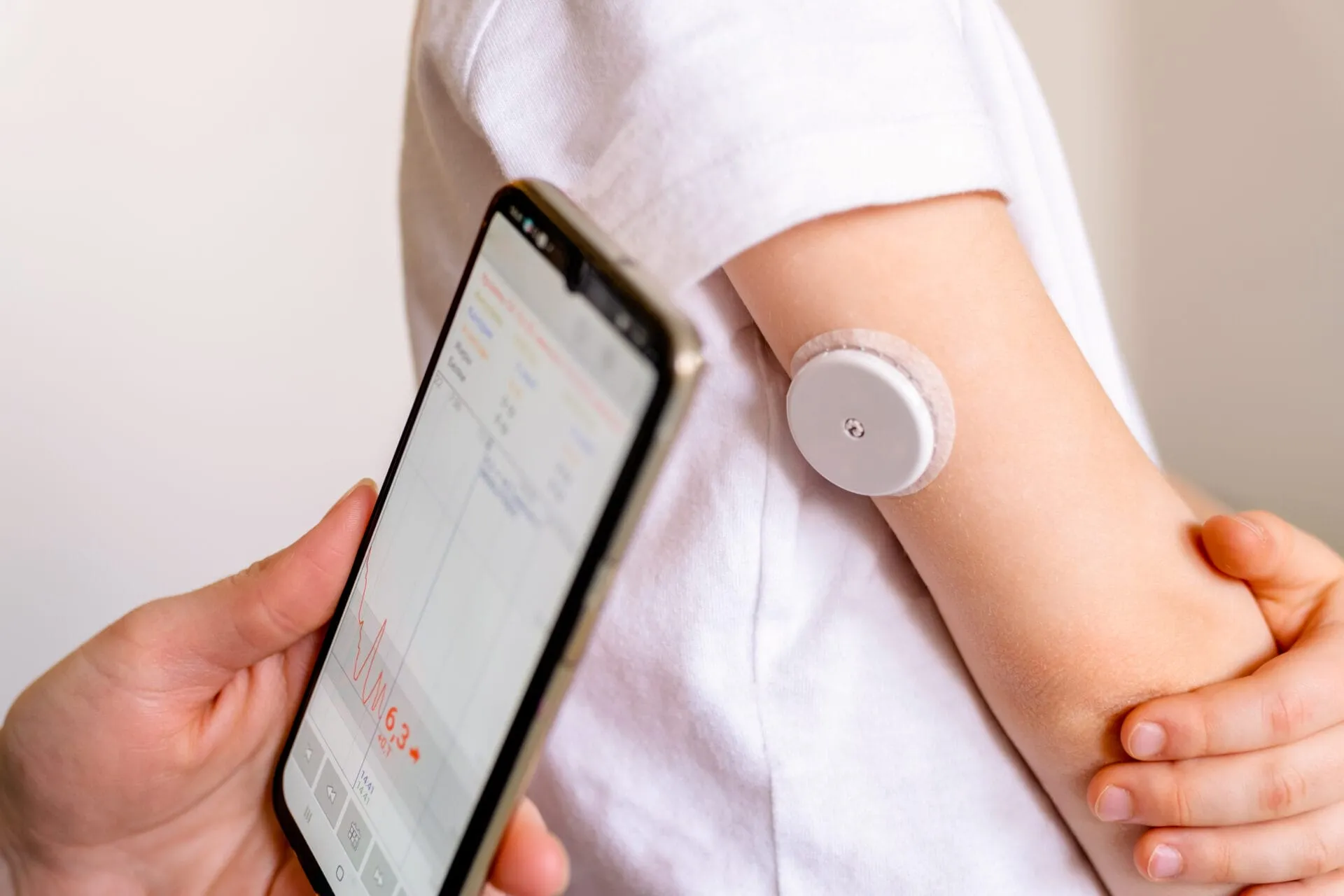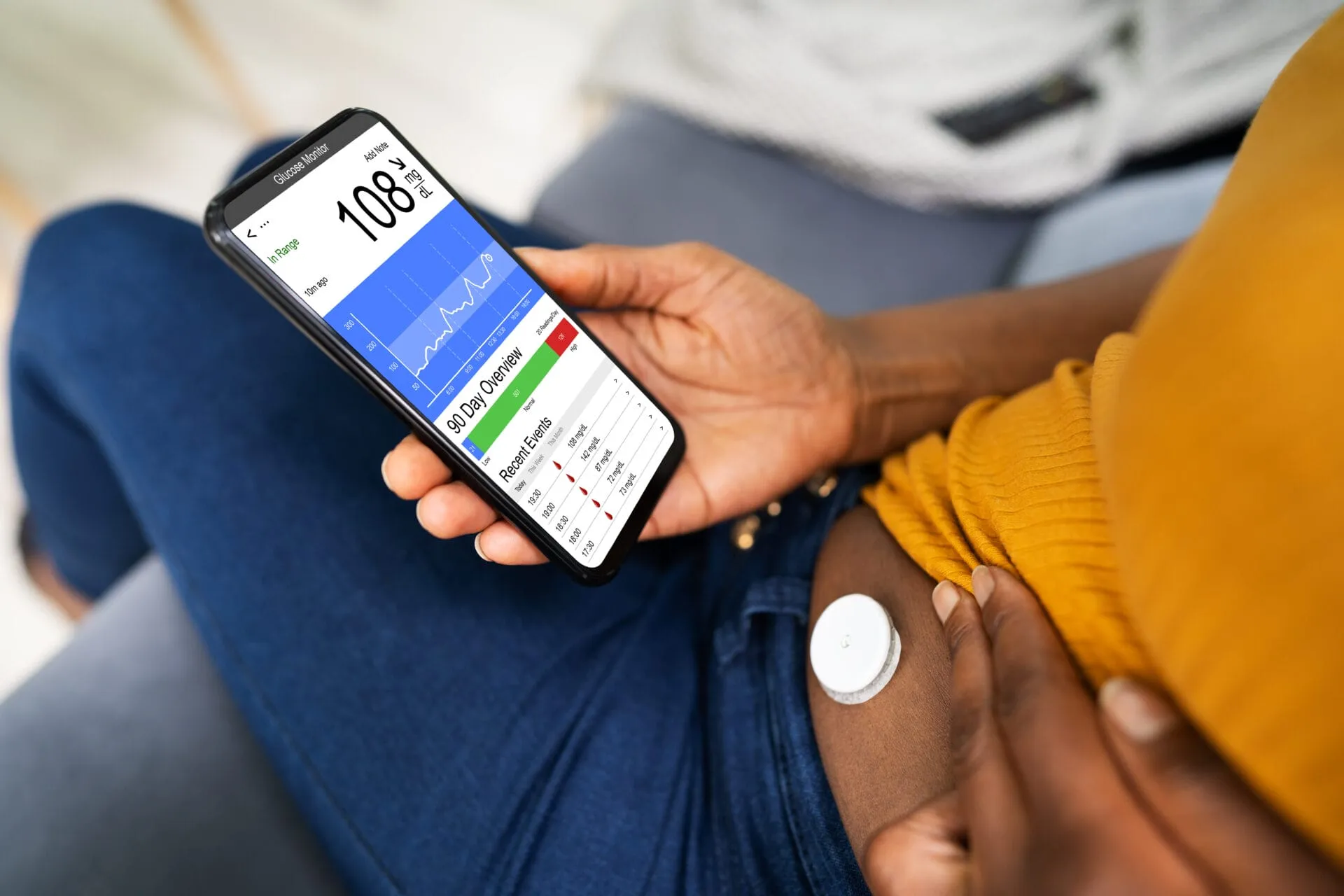For 460 million people worldwide, November 14th represents a big day every year.
First started back in 1991 in response to growing concerns about the health and economic threat posed by diabetes, World Diabetes Day was originally set up to help raise awareness of diabetes as the global public health issue it was – and continues to be.
This year’s theme centres around improving ‘Access to diabetes care’, highlighting what we can all do to prevent, diagnose and, ultimately, help people with diabetes manage their condition more effectively.
We thought we’d throw our marketing hats into the ring by sharing some of the key ways innovation and marketing are helping to provide a brighter future for people living with diabetes.

Recent innovations in diabetes care
Before we get into the specific impact that marketing can have on diabetes, let’s first take a look at some of the biggest innovations that have come about within the industry over recent years.
From smartphone apps to artificial organs, a lot has changed over the past few decades. Nowadays, thanks to various advances in technology, living with diabetes is much easier to manage than it ever was before.
Some of the most groundbreaking pieces of recent innovation have included:
1. Continuous glucose monitoring (CGM) devices – CGMs have transformed how people with diabetes can track their blood glucose levels (also known as blood sugar) by offering an alternative to frequent and often painful finger-prick testing.
Once placed on the skin, these devices contain a small sensor that penetrates the skin’s surface to detect how much glucose is in the fluid underneath (known as interstitial fluid). They then send real-time data to either a receiver or smartphone app, alerting the user on their current blood glucose level and whether they should administer insulin or not.
This not only reduces the need for finger-prick tests but also offers improved oversight of blood glucose levels.
As a result, people with diabetes can now identify patterns and trends at times when they wouldn’t normally test (like sleeping) and, ultimately, improve their understanding of how different foods or activities affect their blood glucose levels.
Some CGM devices even have alarms for when glucose levels become too high or too low, alerting users to take action. This can then drastically reduce the likelihood of both hypoglycaemia (low blood glucose) and hyperglycaemia (high blood glucose).
2. Insulin delivery systems – advances in delivery systems like insulin pumps, syringes, oral insulin and pens have improved the convenience and accuracy of insulin administration.
Hybrid closed-loop systems, also known as an ‘artificial pancreas’, can even adjust doses based on the combination of data they receive from a CGM and an in-built hi-tech algorithm.
While some human input is still currently required to use these systems, hybrid closed-loop systems have the potential to almost fully automate the management of blood sugar levels. They have also been shown through research to significantly reduce the risk of complications and make living with type 1 diabetes, in particular, a lot easier, requiring far less input from patients.
In fact, it was recently announced that more than 150,000 adults and children with type 1 diabetes are set to be offered an artificial pancreas – more than half of the total number of people living with the condition in England and Wales.
As a result, this is said to go a long way towards lifting the ‘relentless burden and risk of burnout’ that’s often associated with living with the condition.
3. Smartphone apps – the rise of smartphone apps has revolutionised diabetes management. Especially when paired with CGM devices, these apps offer insightful reviews of trends and data, empowering users to track and understand their blood glucose levels more effectively.
Recent apps have also helped bridge the gap between patients and HCPs, enabling users to share access to valuable data with their healthcare team to guide clinical decisions.
One example of this comes through determining the time-in-range percentage – the amount of time a user spends in their target blood glucose range. Used in combination with a CGM device, this percentage no longer needs to be calculated using the slightly more invasive HbA1c blood test. By continually monitoring blood glucose levels on a 24/7 basis, smartphone apps can now not only calculate what this percentage is but also provide HCPs with trends and data to assess any areas of potential concern.
If, for instance, someone is unknowingly experiencing low-level hypos while they’re asleep, smartphone apps can visualise this information and allow HCPs to review their recommended overnight dose of insulin.
This helps people with diabetes manage their condition with more ease and convenience, making the process of insulin administration both easier to understand and much less overwhelming.
4. Telemedicine – thanks in part to the COVID-19 pandemic, the rise of telehealth services has made it easier for people with diabetes to access expert care and education from the comfort of their homes.
Being able to check in and contact healthcare providers (HCPs) in this way has not only improved convenience but also improved outcomes by making the process more affordable, encouraging education opportunities and offering increased flexibility over needing to attend routine appointments in person.
While each of these recent innovations may have revolutionised the way in which people living with diabetes can manage their condition, how have patients been able to keep on top of the latest advances, and stay up to date on the types of technology that are available?
This is where digital marketing can – and has been – so important.

Diabetes and digital marketing: what we’ve learnt
In the age of the internet, digital marketing has had a crucial role to play in disseminating health information in the right way to reach the right people.
In the context of diabetes, digital marketing initiatives are now often designed to engage people living with diabetes in all sorts of ways, whether that be through educational content on platforms like TikTok or raising awareness of a specific product through paid search.
Here at Medico Digital, this is something we have experienced for ourselves.
Having created digital marketing campaigns for some of the biggest diabetes healthcare brands, we now have a firm understanding of how different techniques can raise awareness and improve access opportunities.
Here are some of our key learnings over recent years:
Digital marketing improves education and awareness
Having a well-executed digital marketing campaign can reach a broader audience, informing patients and HCPs about the latest innovations in diabetes care in a format that relates to how they access content online.
This can prompt patients to seek clinical assessment earlier, potentially contributing to earlier diagnosis of both type 1 and type 2 diabetes, while also promoting a healthier lifestyle that contributes to preventing the onset of type 2 diabetes – the most common type of diabetes – in the first place.
SEO techniques improve connections between patients and providers
Understanding how people with diabetes access information online allows targeted digital marketing campaigns to be created that improve connections between them and diabetes specialists.
Using specific SEO techniques, like data-led keyword research and paid ads, we have helped provide patients with access to information on treatments, symptoms and technological advances they may not have even been aware of.
While the NHS may already offer a fantastic service for people with diabetes, our recent work with The London Diabetes Centre has helped more patients find out more about their condition, access specialist providers and discover care beyond the reach of that offered by the NHS.
Digital tools help promote diabetes products and services
Healthcare brands that are developing innovative diabetes care products and services can benefit from digital marketing when promoting their products or explaining how their solutions work.
Using digital techniques to research the specific search behaviour of HCPs and people living with diabetes, for example, can create data-led insights that allow brands to market their products and services in a way that’s more accessible and relevant to their target audience.
Whether it be through influencer marketing, a podcast series or a targeted social campaign, digital marketing offers a variety of effective tools to reach targeted audiences, regardless of how they typically access diabetes-related content.
Content creation improves fundraising opportunities and raises awareness
Digital marketing through content creation can help when it comes to spreading awareness of fundraising initiatives and raising money towards more groundbreaking innovations – something two of our team recently proved for themselves.
After completing a Tough Mudder challenge and raising over £1600 for Diabetes UK, Oliver Capel – our Managing Director here at Medico – said: “In the healthcare marketing profession, we’ve seen how awareness can positively affect health outcomes, especially for chronic conditions like diabetes. We wanted to highlight the need for research and better treatments for this increasingly common condition.”
Digital marketing is not all about what healthcare brands do. All organisations – whether healthcare-focused or not – can raise awareness about diabetes through their digital marketing efforts, generating support for further research and initiatives.

Taking the next step
Exciting new technologies, combined with the power of digital marketing, mean that the future looks bright for people living with diabetes.
Here at Medico, we will continue supporting these efforts, using the latest range of digital marketing techniques to spread awareness, promote the latest advancements and, ultimately, improve the lives of those affected by diabetes.
This World Diabetes Day, let’s not only celebrate the progress made in diabetes care up to this point but also work together to ensure a brighter and healthier future for all those affected.
To find out more about how we can help healthcare brands improve the lives of people with diabetes, simply get in touch.
